Ipswich is extremely privileged in having some of Suffolk’s largest and most majestic veteran/ancient trees in Christchurch Park within easy walking distance of the town. These living landmarks are of irreplaceable historical and biological value and reveal a visual link with the former land use of the Park. The oldest tree in the Park is the ancient Yew by the Cenotaph. Archeological digging nearby has established that this tree is at least 600 years old. Other veteran trees in the Park, including the pollarded Sweet Chestnuts and Oaks that stand alongside the central avenue, are 300 to 400 years old. These trees are clearly identifiable in Burrows’ wonderful 1860 photos of the Park which can be seen at the Visitor Centre.
A full survey of the trees in the Park, carried out in preparation for the Heritage Lottery project, indicated that there are over 4,000 trees here. They are protected under the Park Conservation Area status that covers the Park and the local neighbourhood, and the Council has a two for one tree replanting policy.


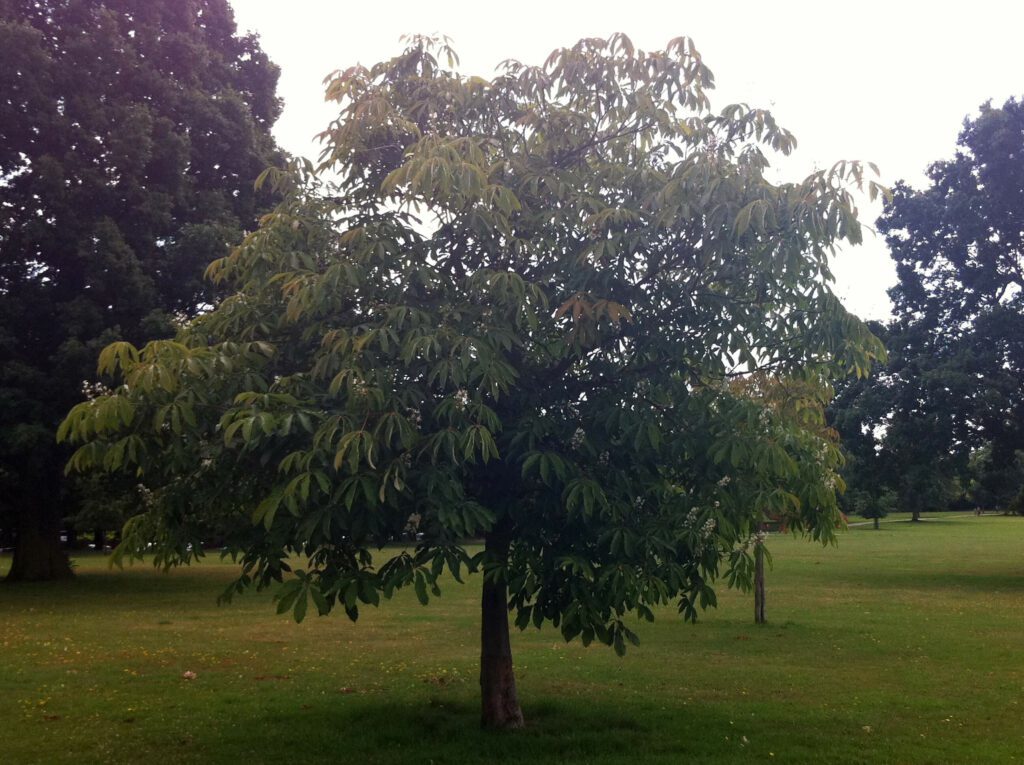
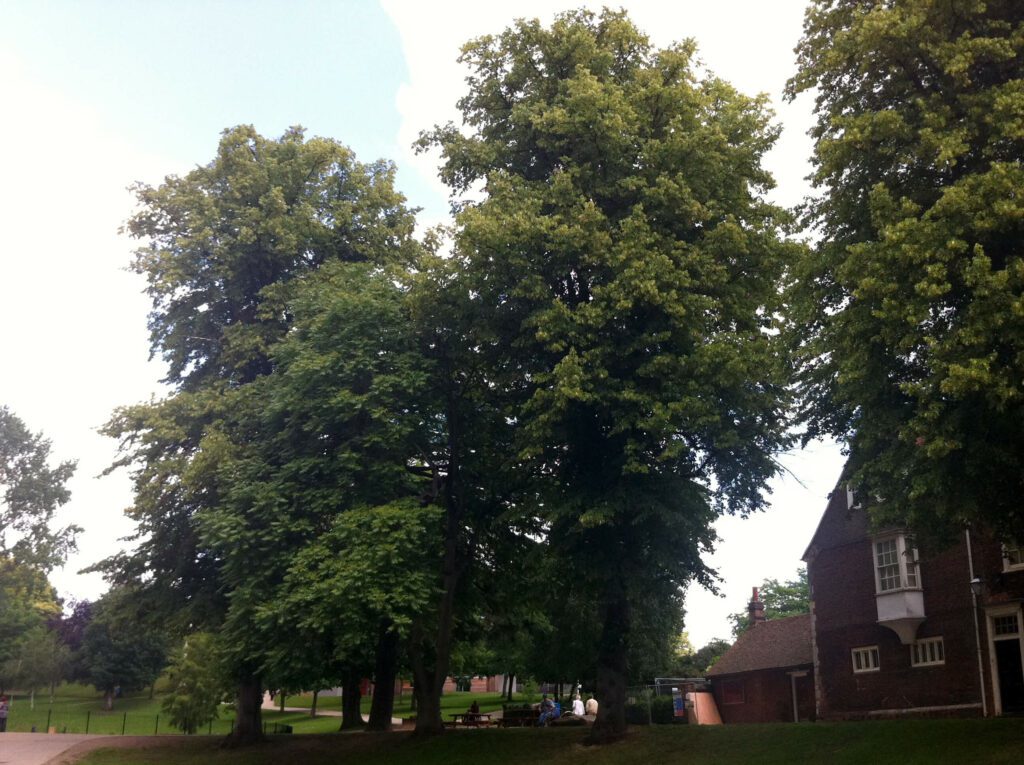
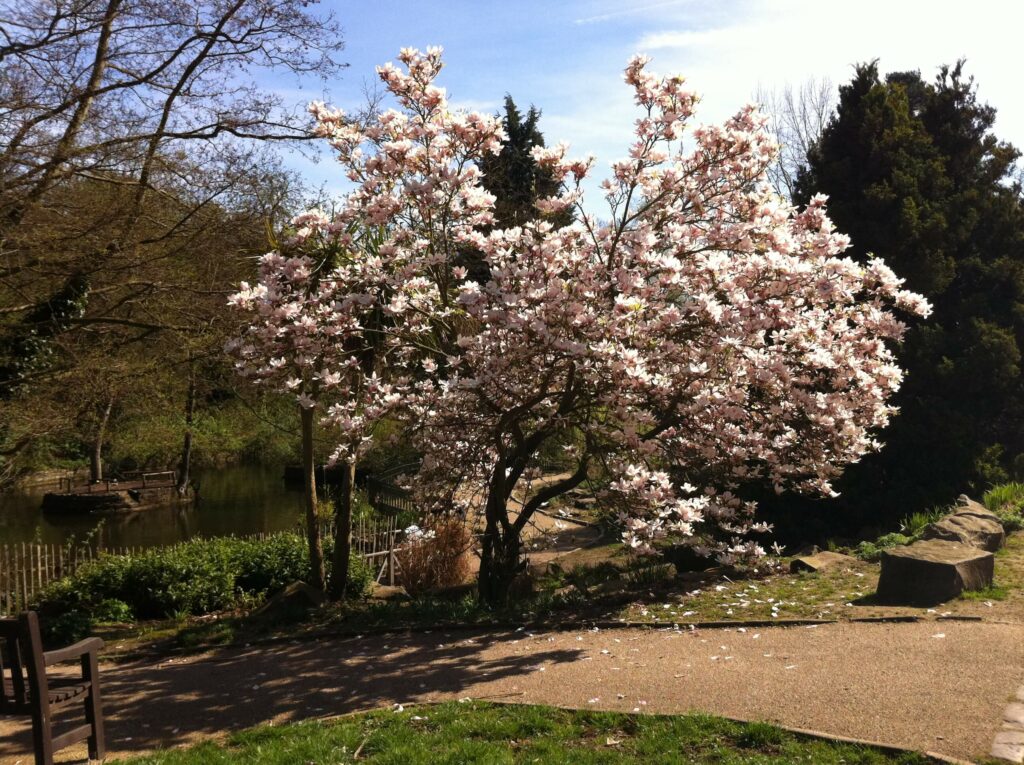

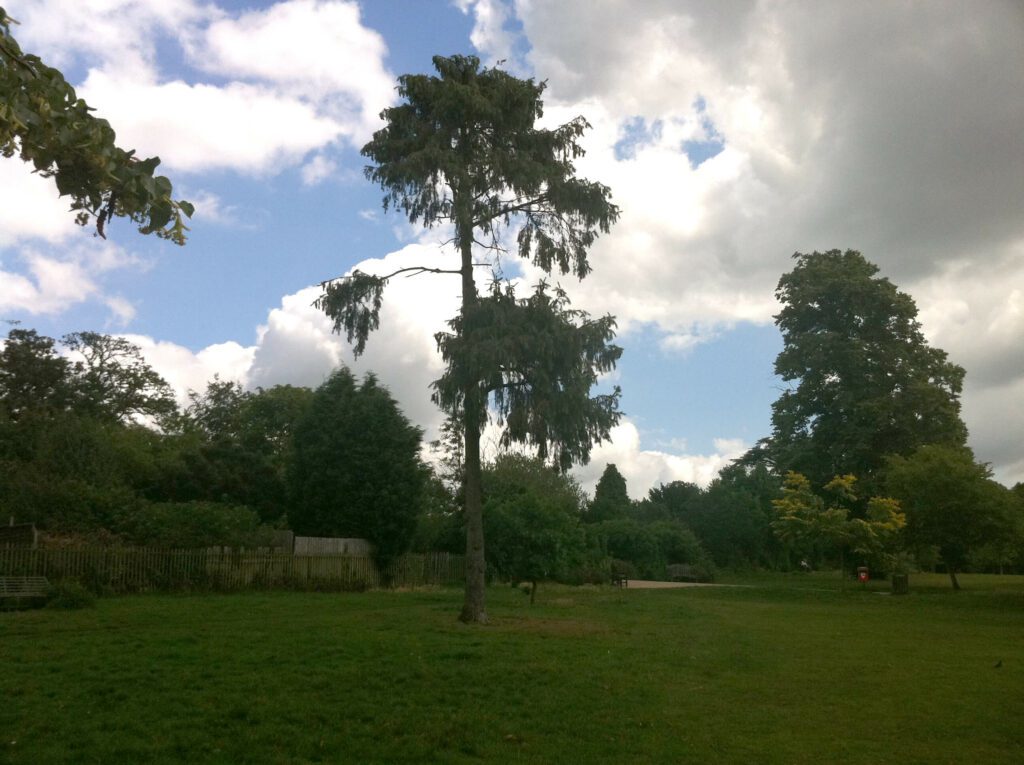
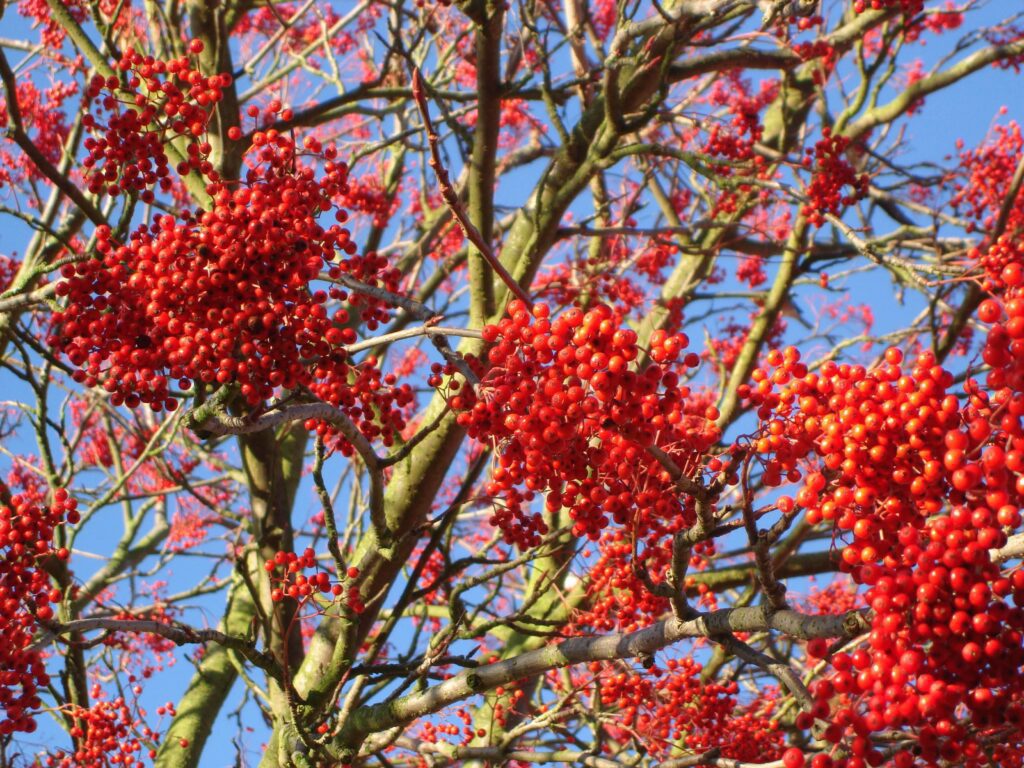
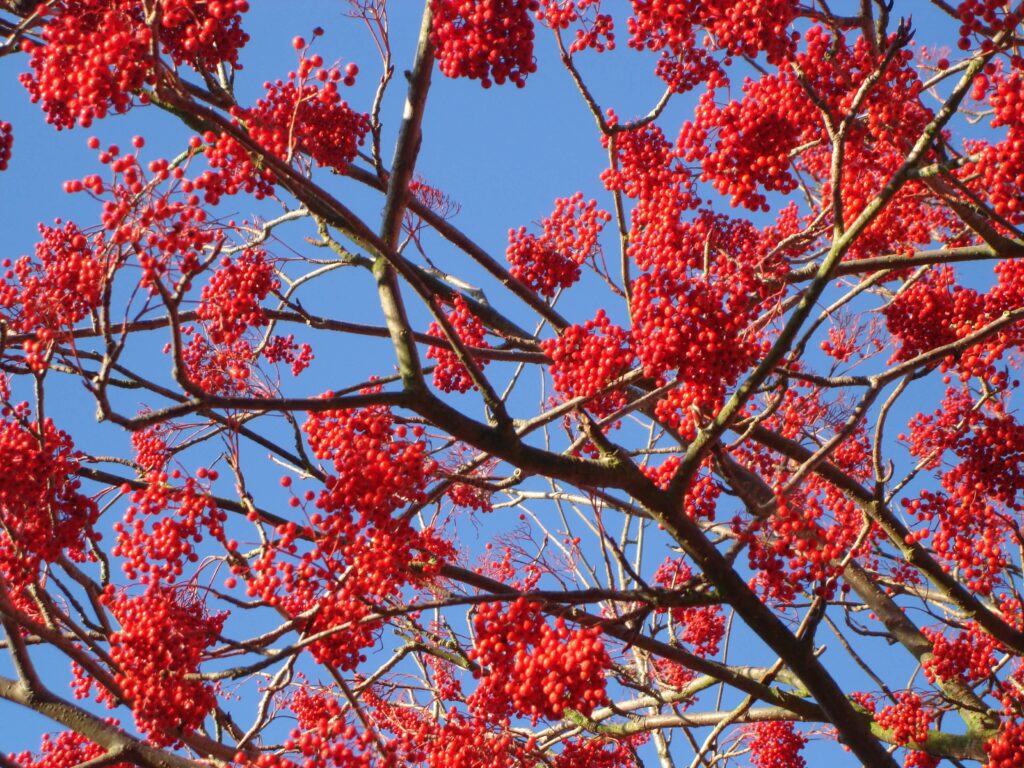

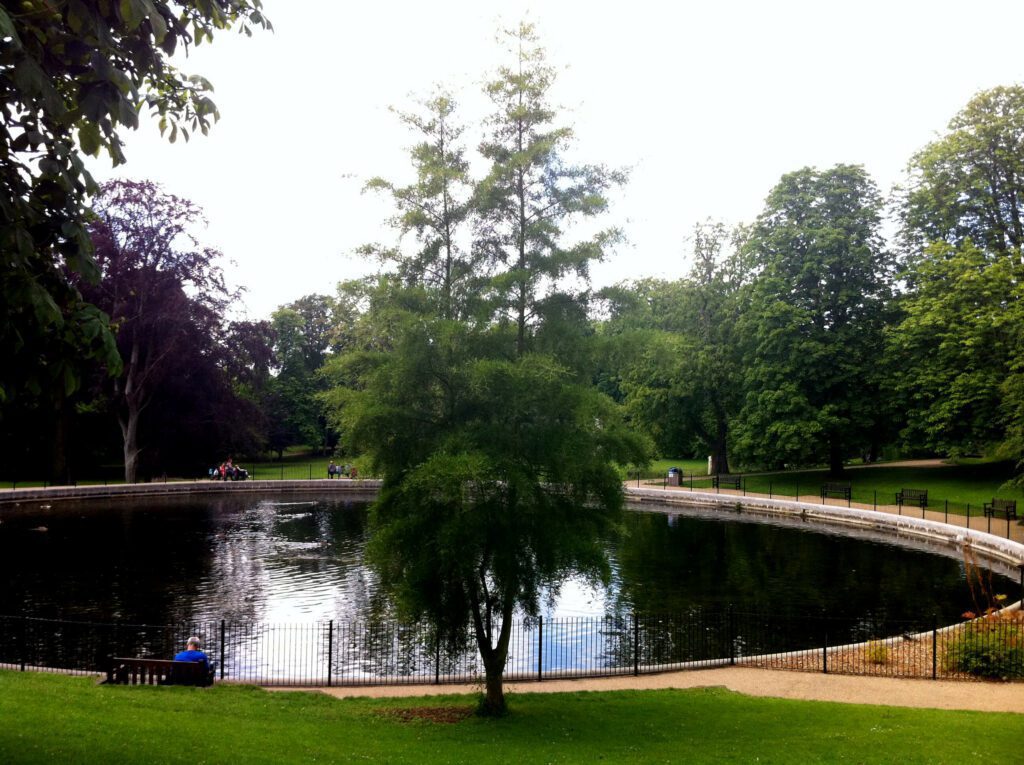
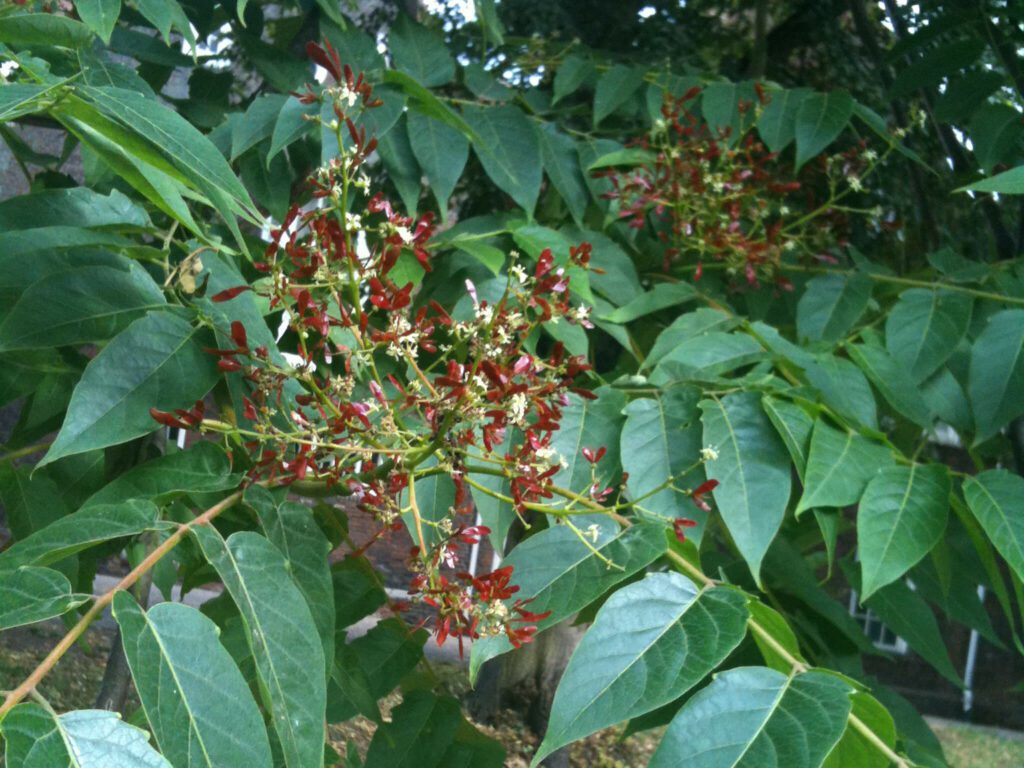
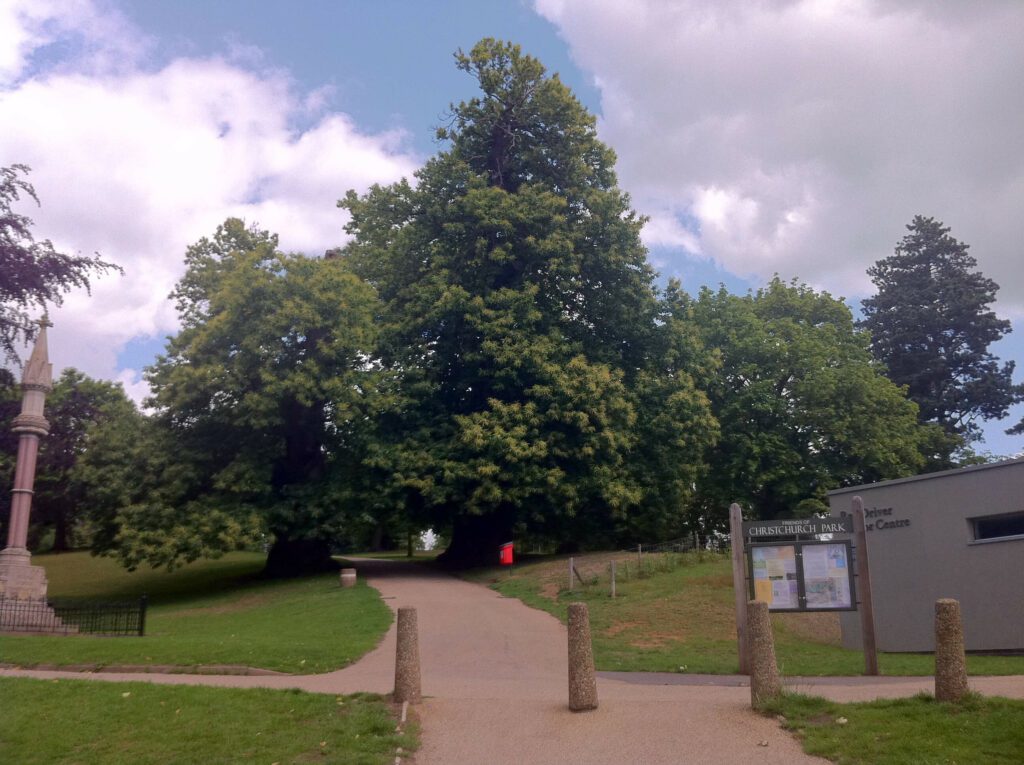
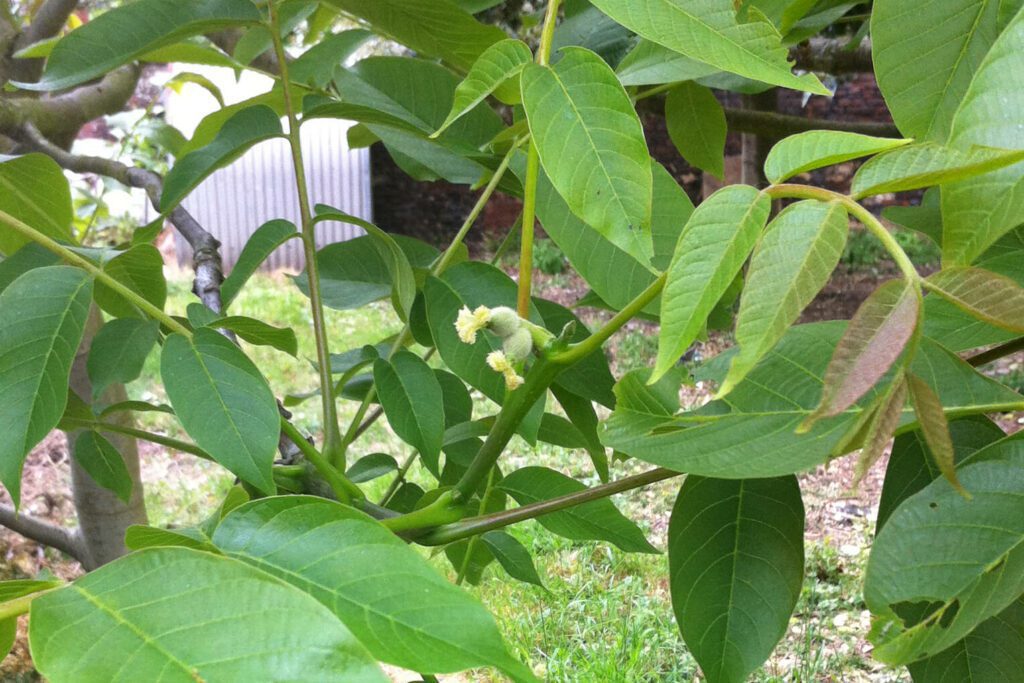
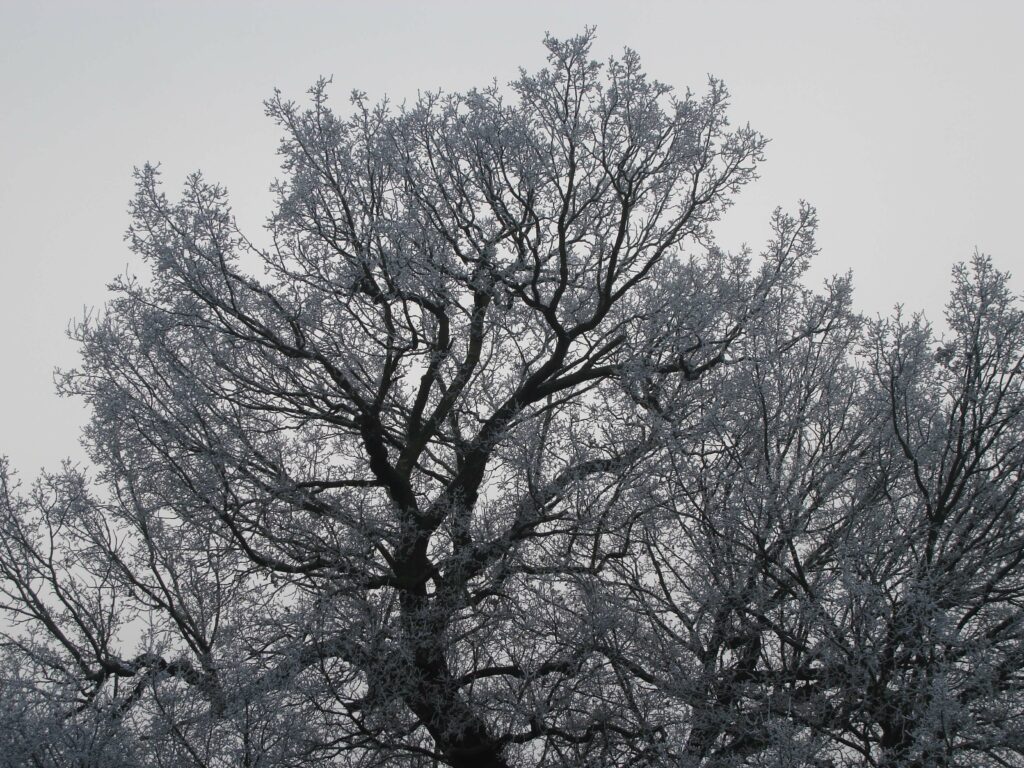
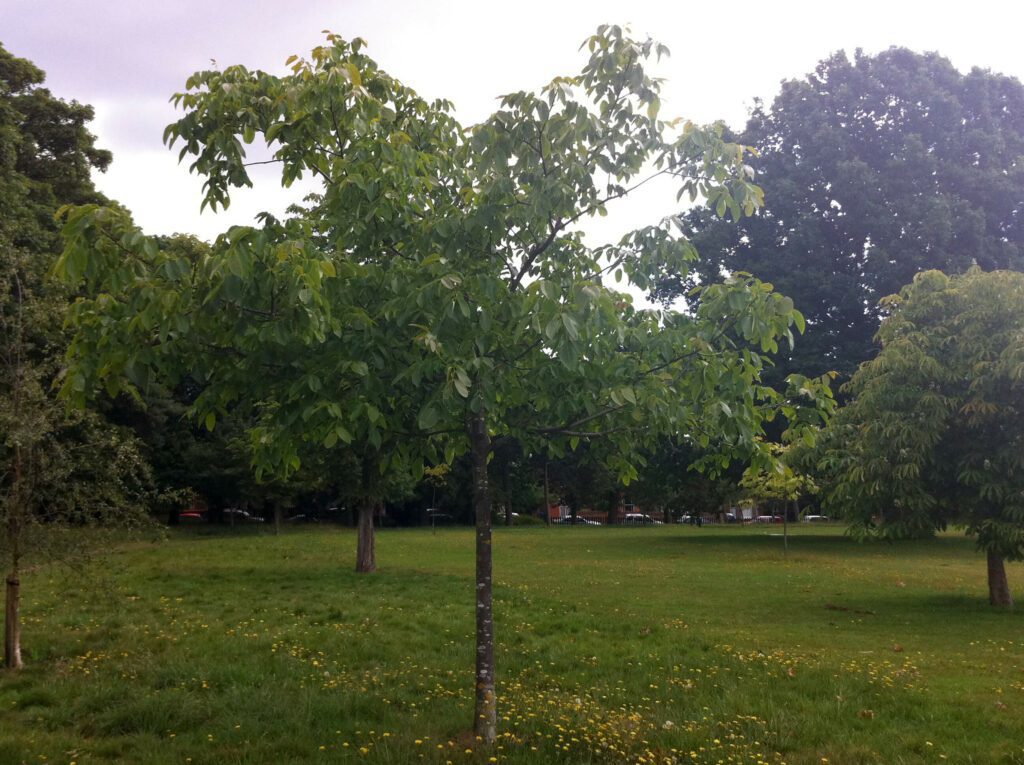
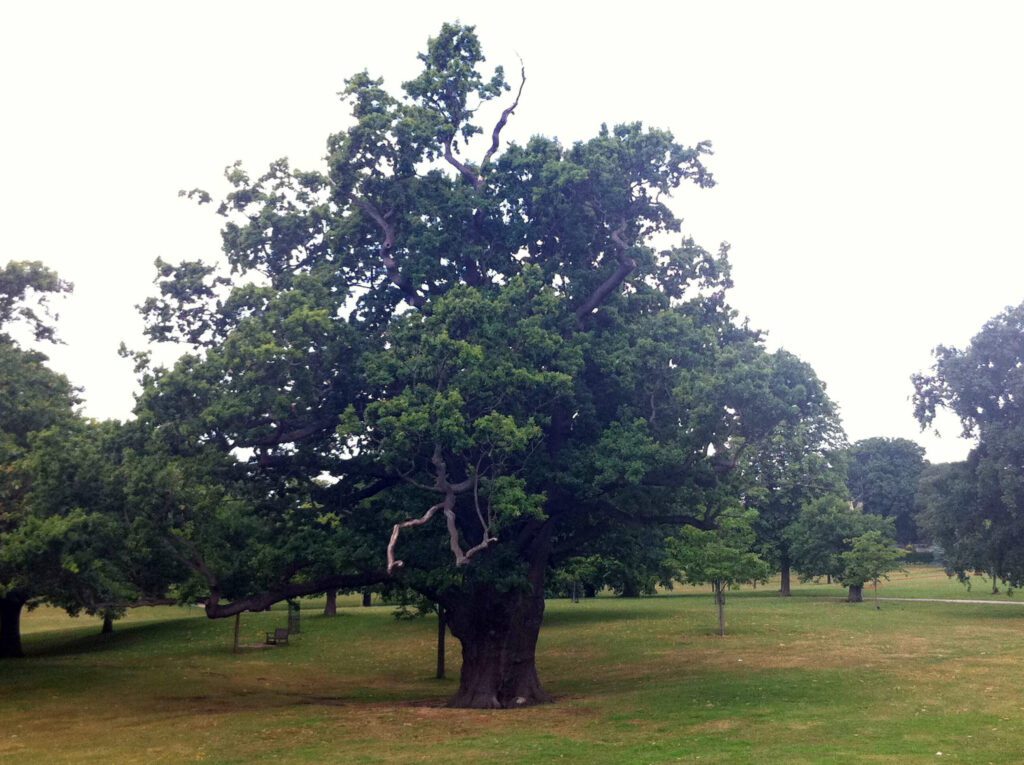
Our veteran trees support important wildlife communities of birds and invertebrates, in particular because of the standing dead wood in various states of decay with the resultant hollows, holes and sap runs. Mature English Oak, Turkey Oak, Red Oak, Sweet Chestnut and Scots Pine are present in the open parkland. Large mature Limes and Horse Chestnut are the dominant trees in the numerous tree-lined avenues.
The heavily timbered parkland north of the Mansion appears to have remained largely untouched until the latter part of the 19th Century, when the Fonnereaus increasingly exploited the Park’s timber resources. The great storms in 1878, 1881 and 1884 also took their toll, destroying over 40 trees including many fine Elms and Limes. Now designated the Wildlife Reserve, it is divided into three compartments with slightly different characters. The overall impression is of dense shaded woodland with a north-south sunny glade. The majority of the trees are maturing Scots Pine though thinning by storm damage and death is giving rise to open areas colonised by grasses, Bramble, Sycamore, Holm Oak, Elder and Horse Chestnut. The lower slope is a mixed woodland. Notable wildlife successes include the recolonisation by the Speckled Wood Butterfly and nesting Treecreepers and Sparrowhawks.
The “Great Storm” of October 1987 devastated tha Park’s trees. 235 were lost, areas of the Park were closed for many weeks, and the northwest corner of the Park became a “tree graveyard”. But over the years, extensive tree planting (including the Council’s Tree Donation Scheme) and natural regeneration have restored the Park’s tree stock.
As you might expect, there are a number of important and unusual specimen trees in the Arboreta. The Friends are working with the Park Manager and the Ipswich Society to reprint the excellent Tree Trail which highlights many of these and the Park’s other most significant trees.